Interrogating the Interrogator
Donald Weber spent seven years traveling throughout Ukraine and Russia in an effort to understand and show something of life in the post-Soviet era. He observed how, since the collapse of Communism and its replacement with free-market Capitalism and an ostensible democracy, people are negotiating their places between ideologies, past and promised, and within "the system".
Over the course of his research Weber became increasingly preoccupied with the subject of Power as exercised by the modern state, and how it deploys an all-encompassing theatre for its subjects. Amassed, his gritty photographs offer a complex portrait of people and a place, haunted by the past, and disillusioned with the present and its failure to provide a promised future.
Interrogations is the culmination of this seven-year project and a sharp distillation of subject and theme—one that seeks to go beyond the specificity of time, place, and individual, to reveal something more universal about the human situation.
Power is invisible, an abstract concept to which we are all subject. It can only be represented through its effects and consequences, its symbols and subjects (victims and perpetrators). Weber's photographs from inside the interrogation room are simple stark images offering complex scenes.
Having gained the trust and permission of both the policeman and
detainees to take photographs, Weber, as third party witness to the unfolding dramas (including the violent threats, aggression, and intimidation tactics of the policeman) focused his lens on the suspects, the men and women (and youth) who for whatever reason are brought in for questioning and find themselves in the room, subjected to interrogation.
Weber withholds context and specificity. We are not given information as to who they are, or the what, where, or why of their circumstance. Reduced to the confines of the room and to a succinct grammar of gesture and expression, Weber adeptly offers a series of types revealing a range of emotion and reaction: angry, defiant, pleading, ashamed, terrified, scheming, pliant, resigned.
We are unable to adjudicate guilt or innocence here. The implied indictment, it would seem, is not of the people portrayed nor is it limited to former Soviet states, but rather of the very idea of "the system" and the larger abuse of power and authority. The interrogator, rarely seen in the photographs, becomes the embodiment of Power itself in these emblematic dramas played out on the small stage, within the confines of the room.
This is a work which intelligently asks and invites all sorts of interesting and important questions about photography and the photographic situation as much as it does about the interrogations themselves.
Interrogations
Donald Weber
Artist Statement
Interrogations is about a place where justice and mercy and hope and despair are manufactured, bought, bartered and sold; a sound-proofed factory where truth is both the final product and the one thing that never leaves the room. I was looking to make a very simple photograph, but a very complex portrait. For truth is complicit: a mutual recognition, however fleeting, of power, and surrender to power. This work interrogates the interrogators.
Without confessions and guilty pleas, courts everywhere would grind to a halt in an instant; over 90% of all charges in the Russian judicial system end in guilty pleas, and only experienced criminals or highly-educated defendants stand a chance in any justice system. It is not designed to give everyone a fair trial; this is what the cops are doing behind their closed doors— the feudal system’s trial by ordeal is still much with us. Trial by ordeal – that is what is going on here, but closed to the public now.
Each suspect is given space equal to the space of their interrogation room. That is, this piece stays fixed within the confines of the Interrogation Room, describing the people who enter it and leave it, their histories their drama. Young and old, male and female, weak unfortunates and hardened criminals, all.
Prologue
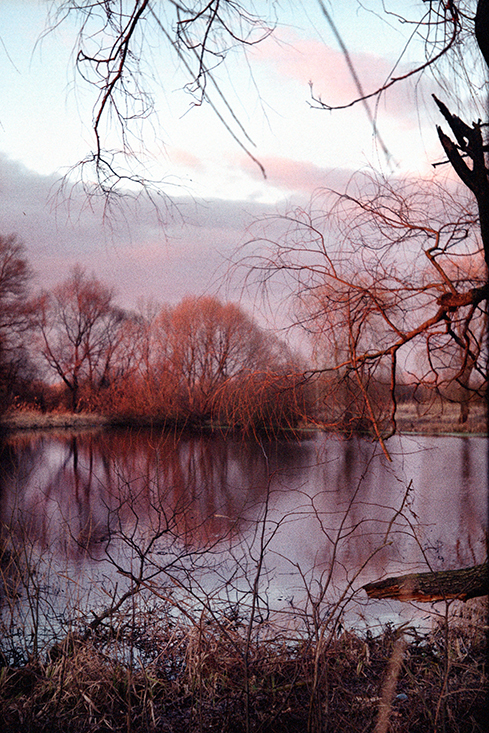
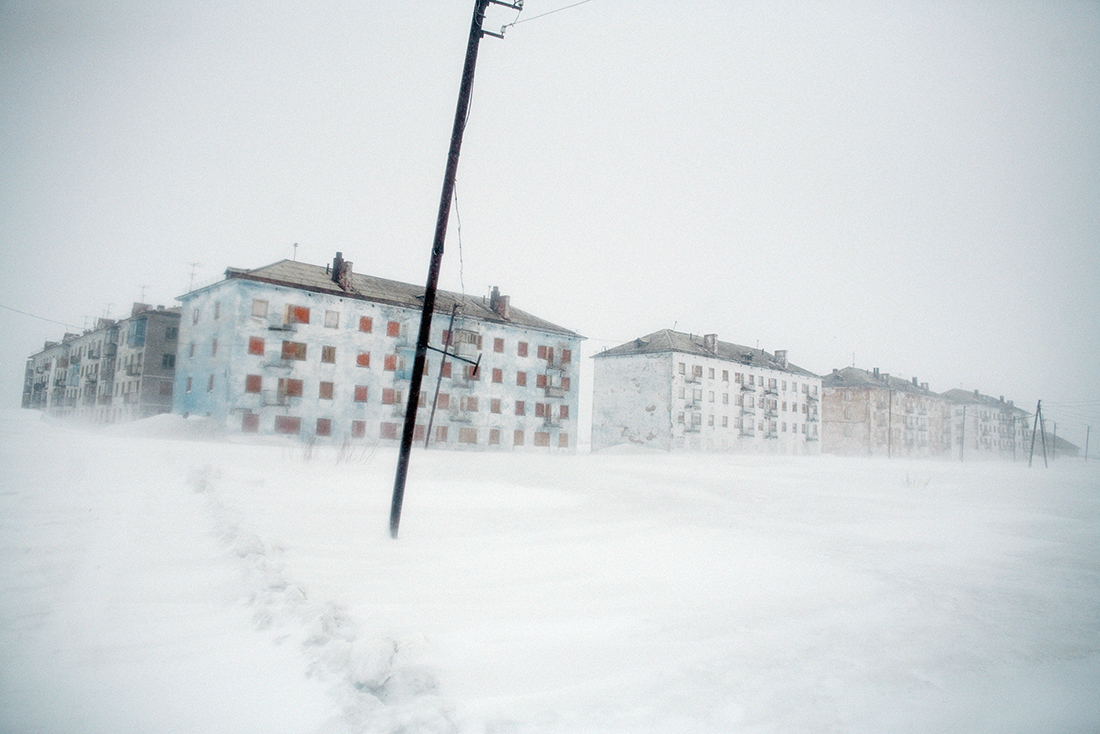
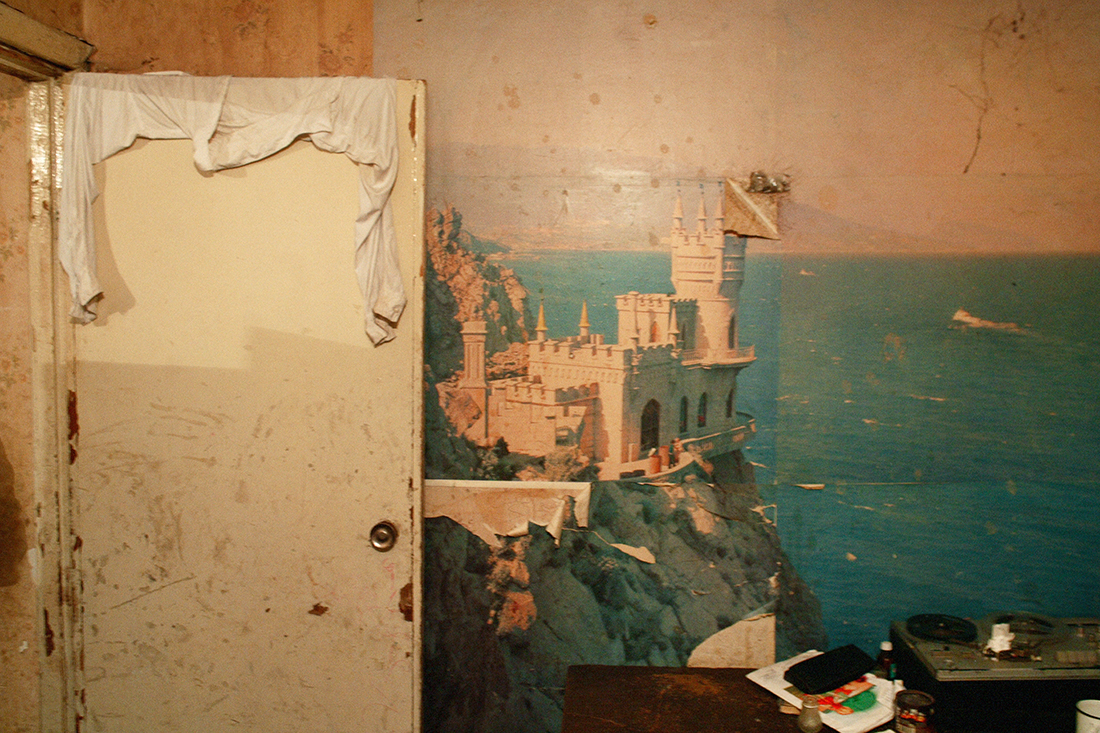
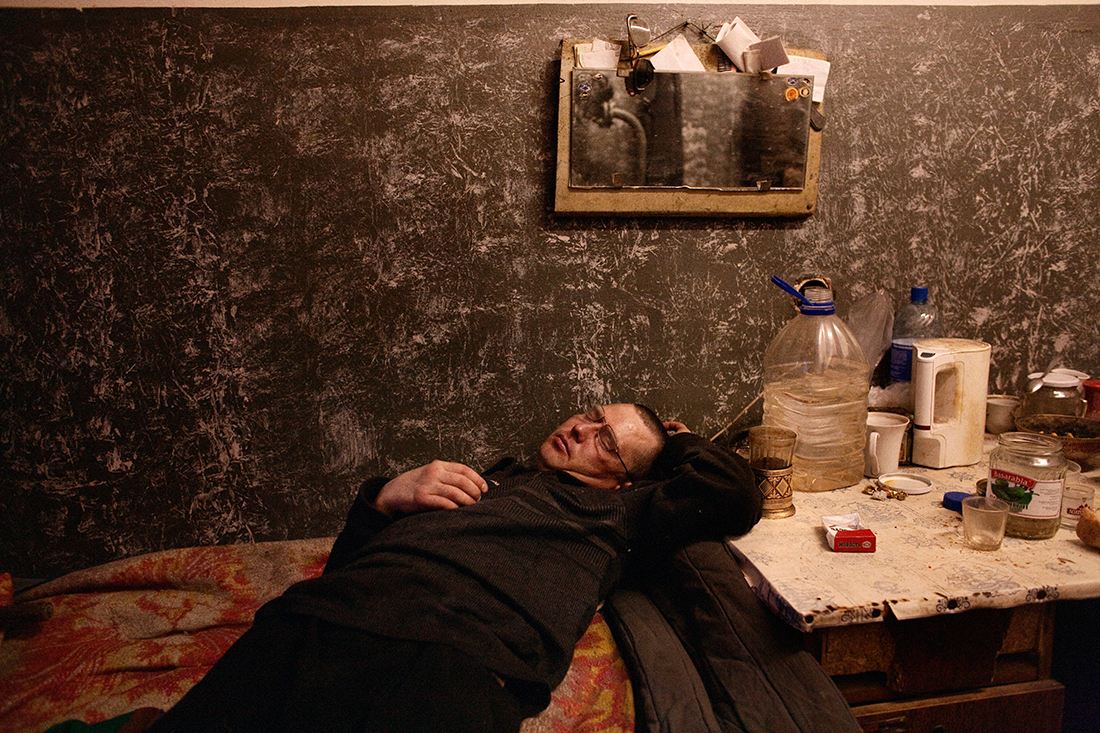
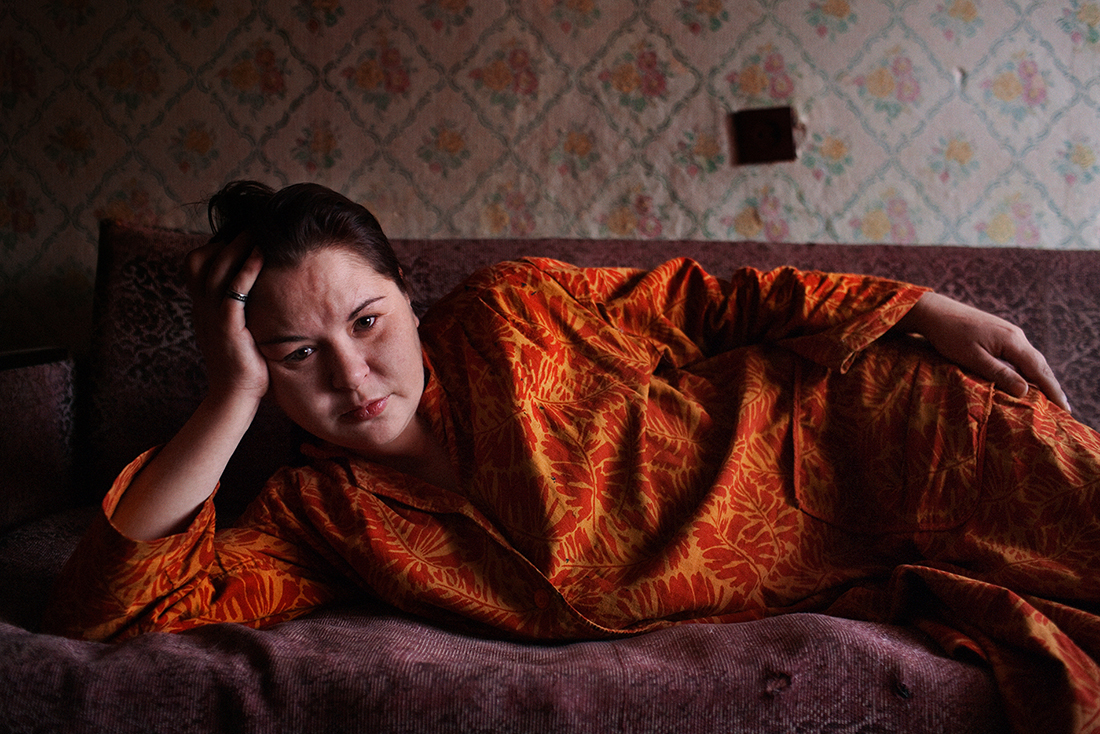
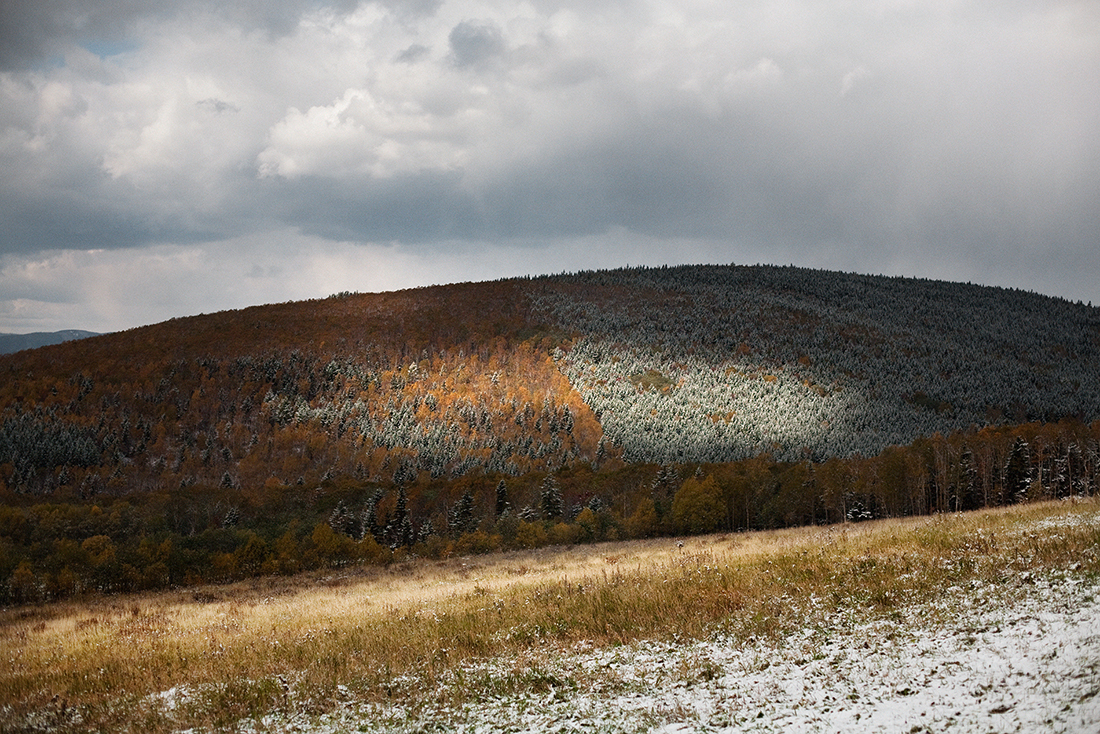
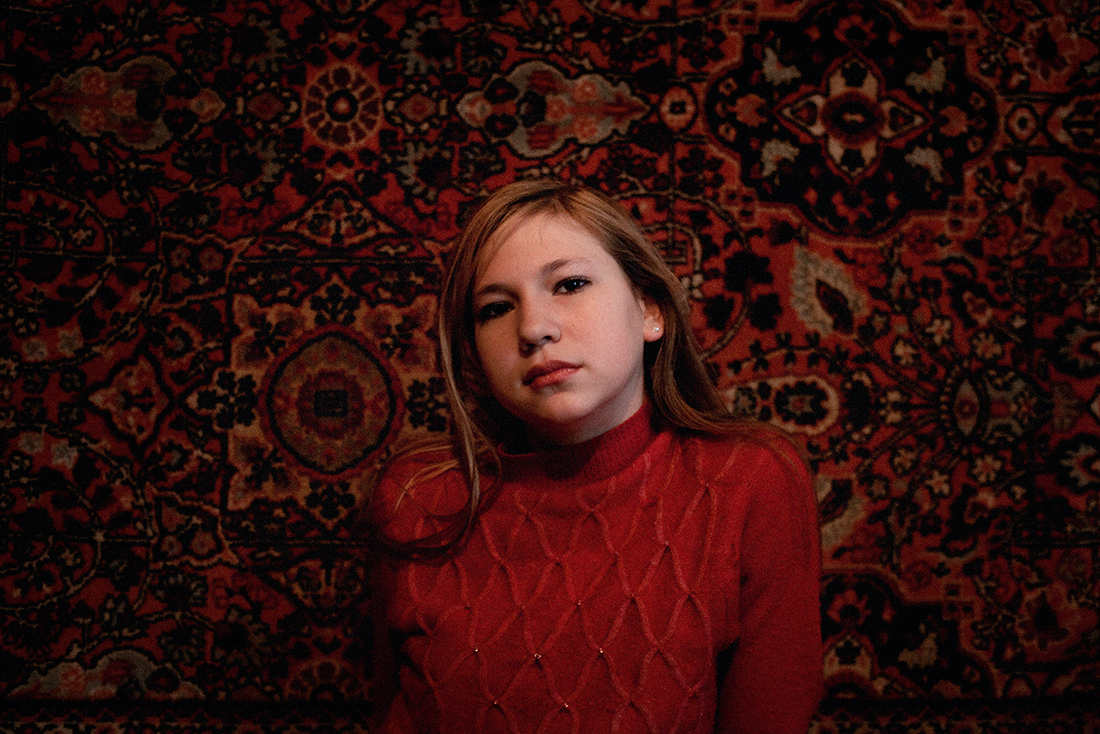
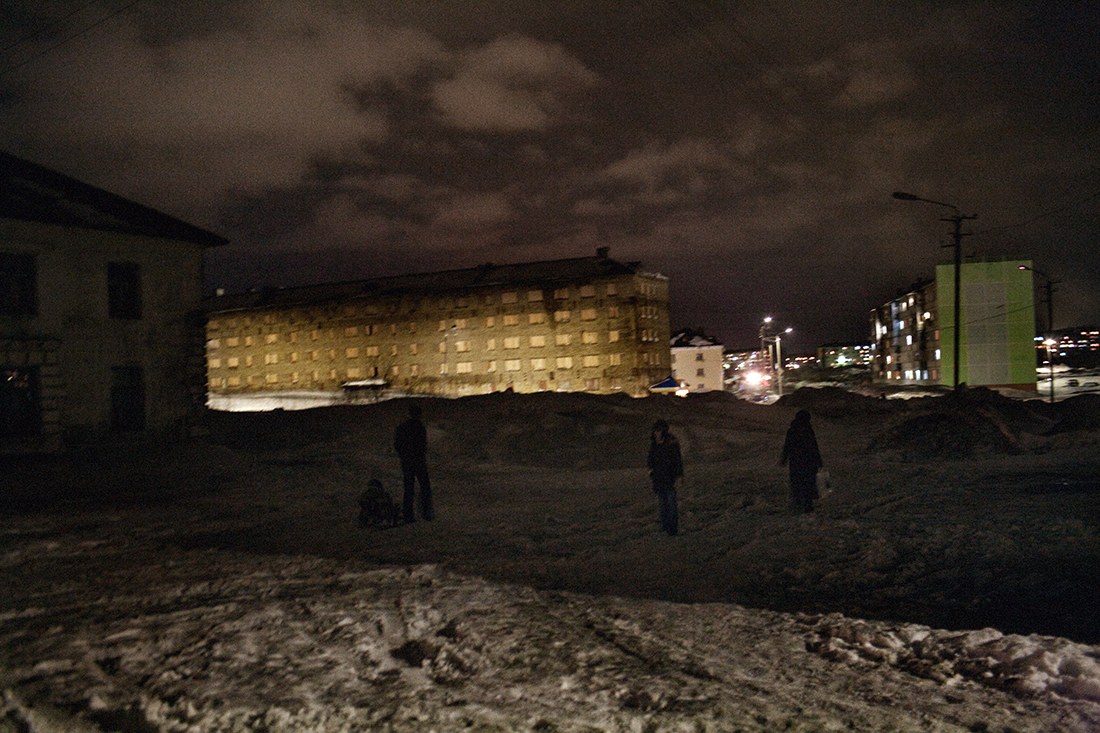
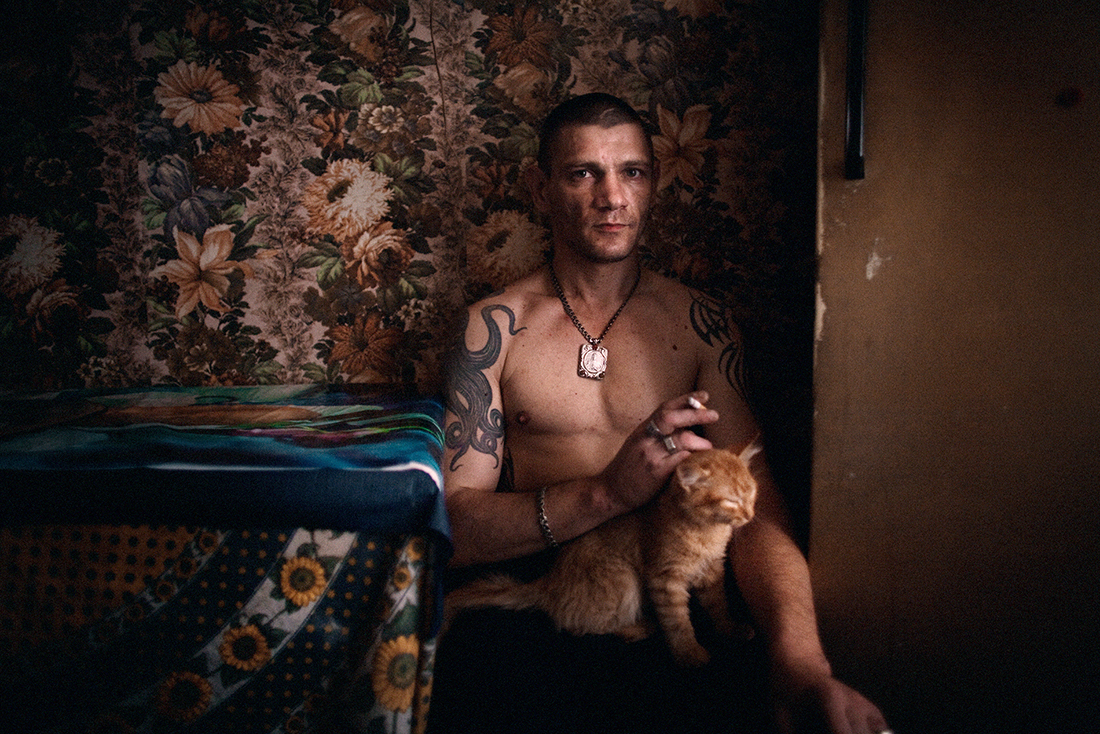
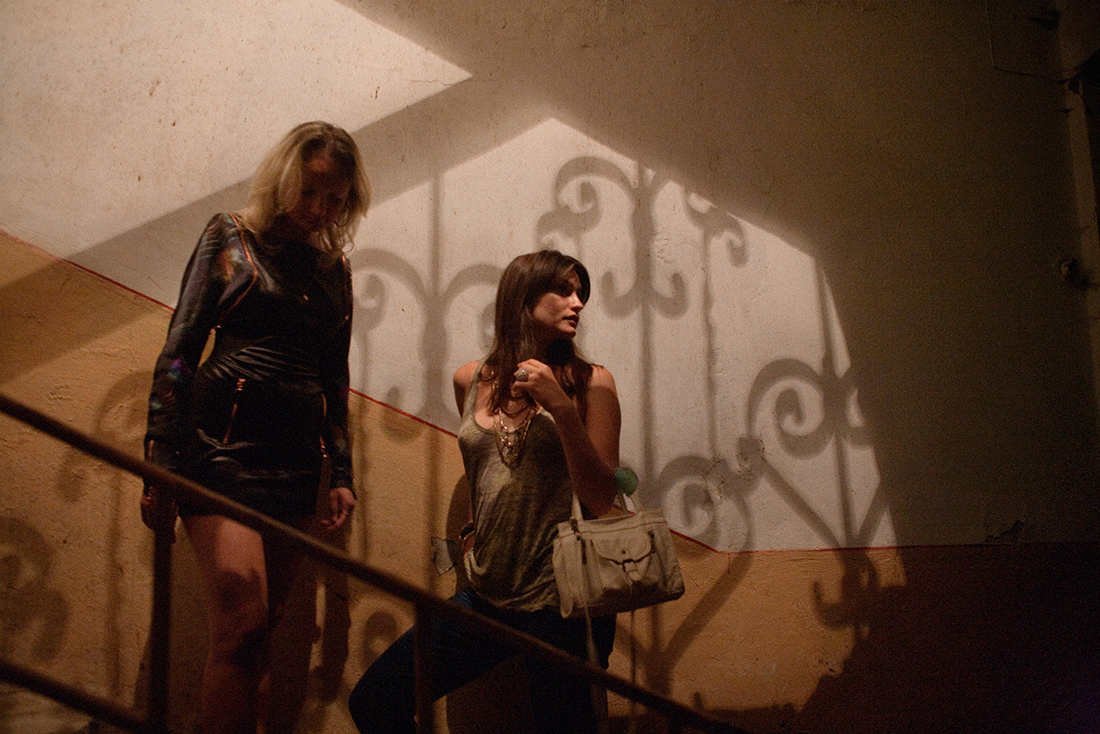
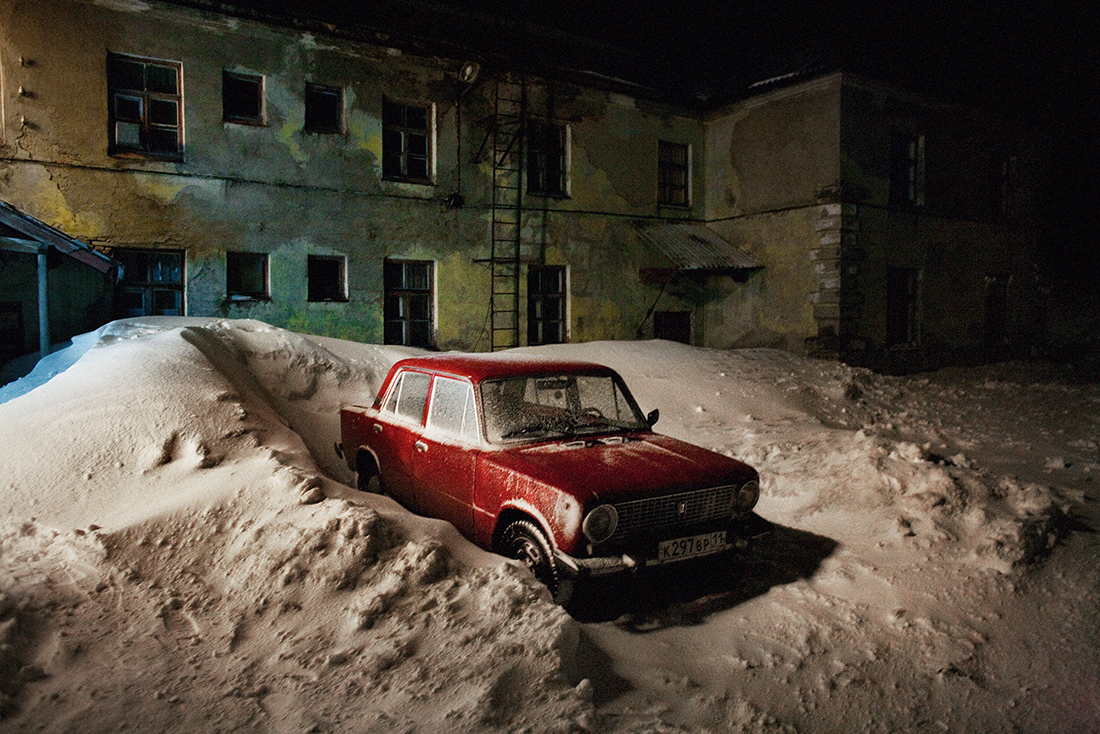
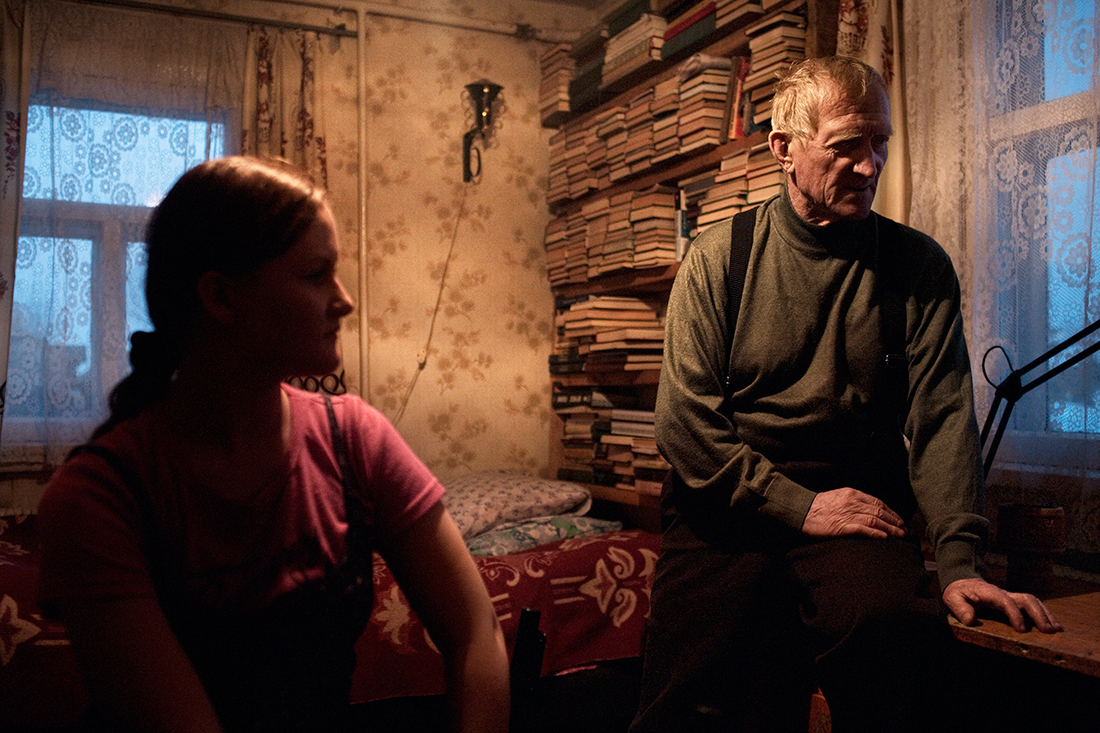
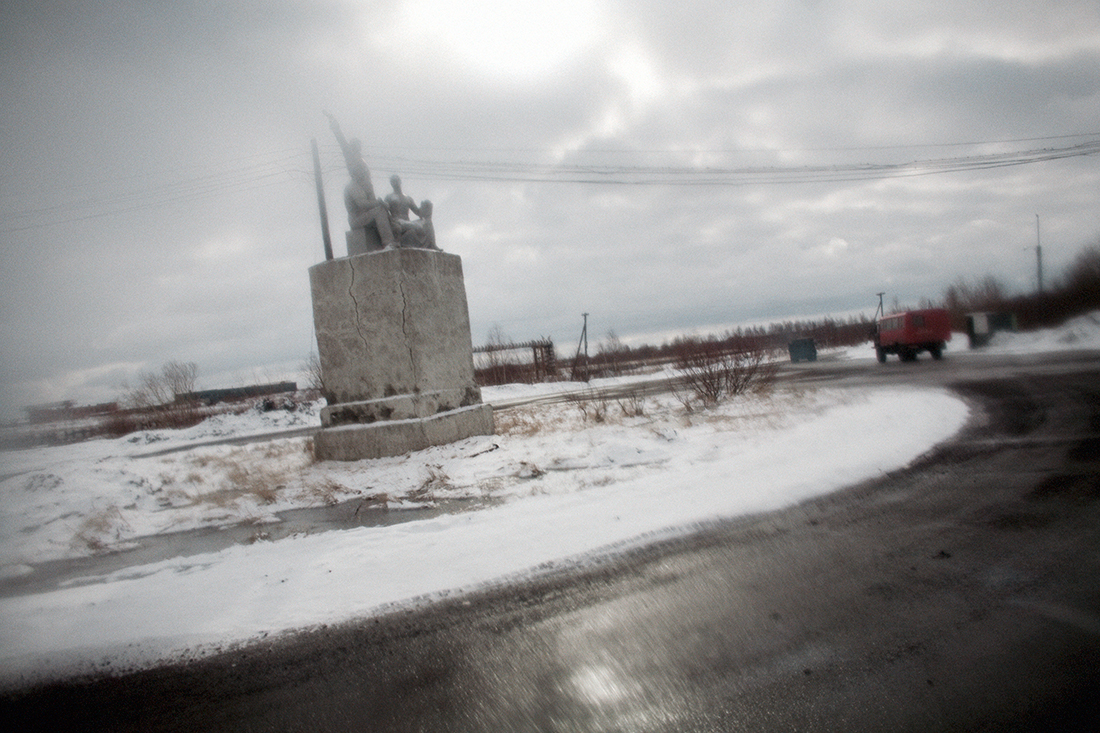
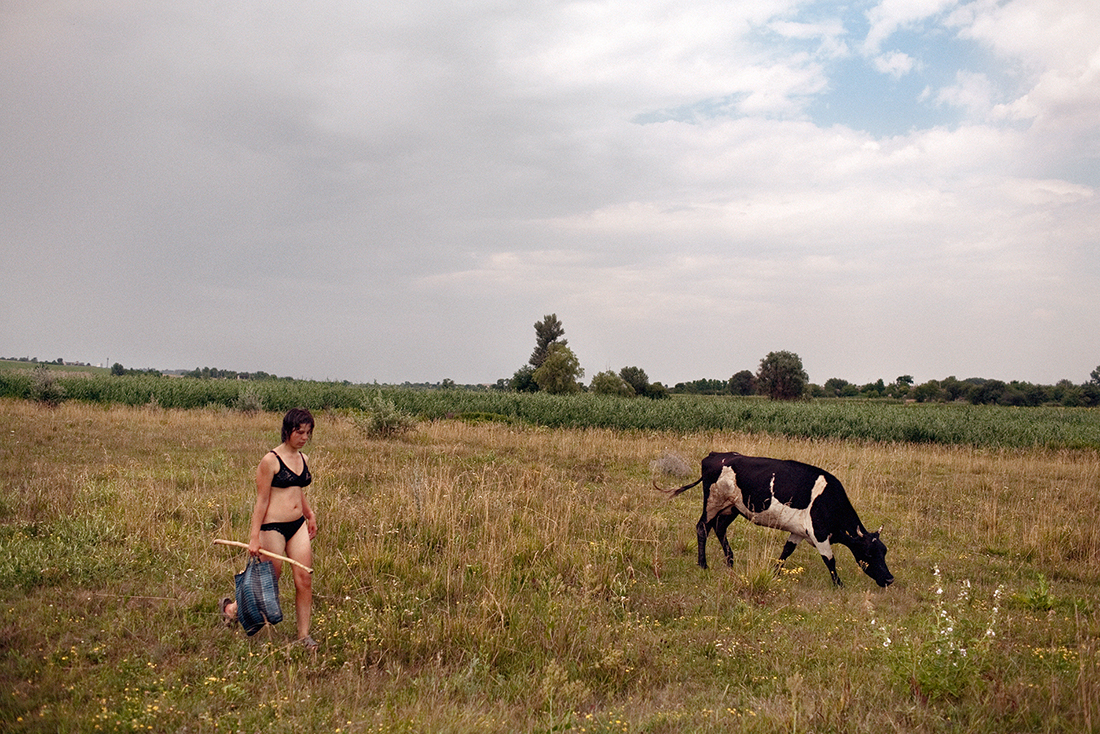
Interrogations
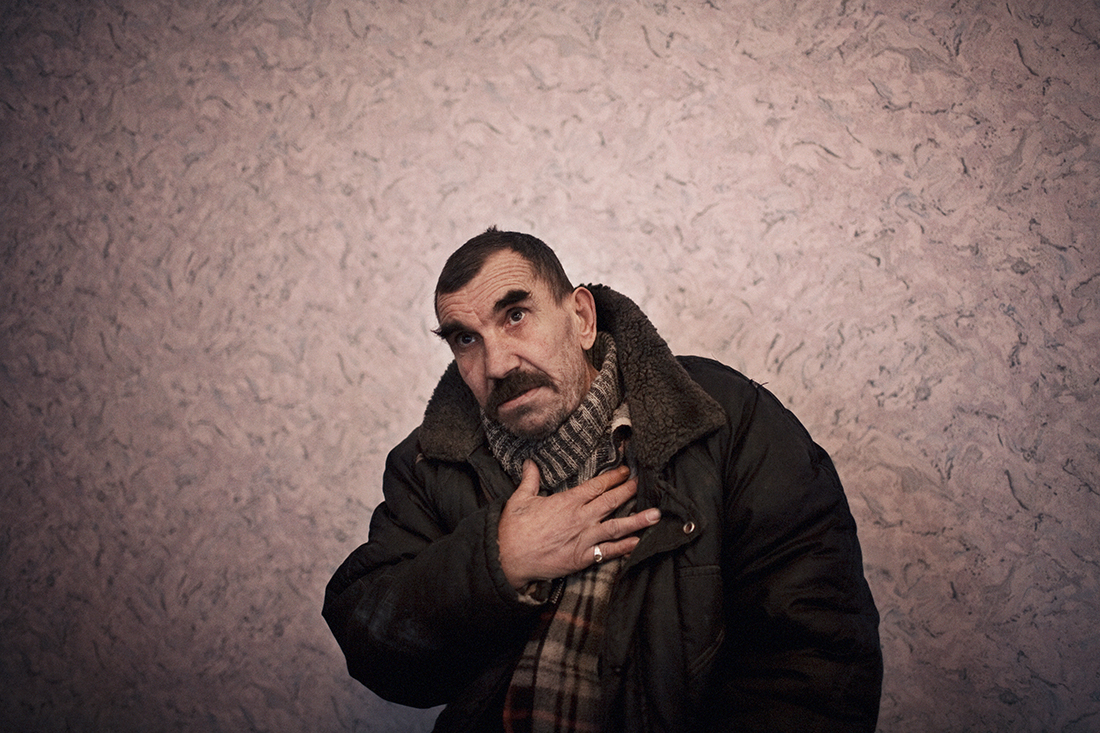
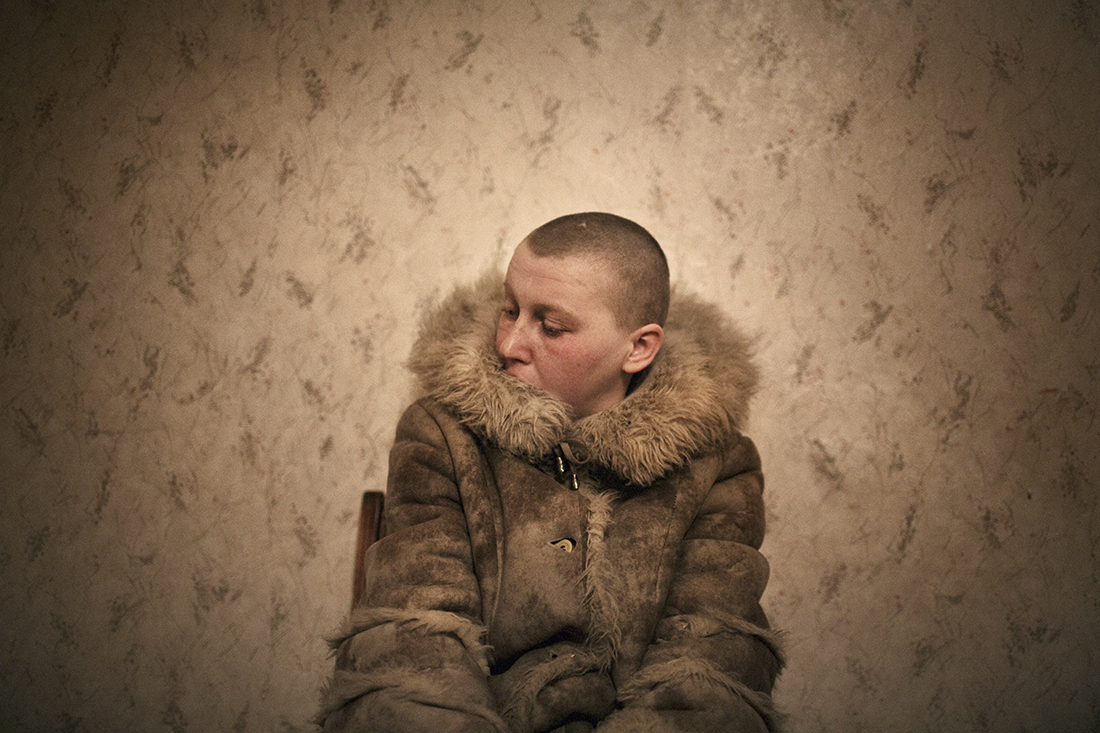
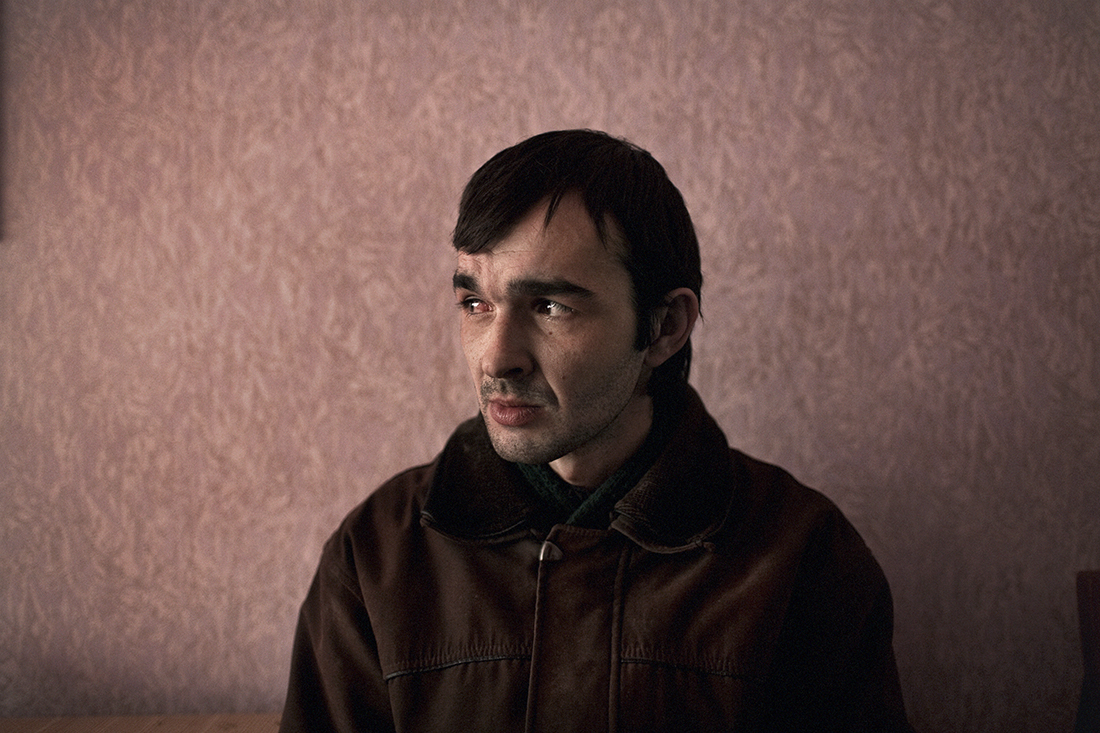
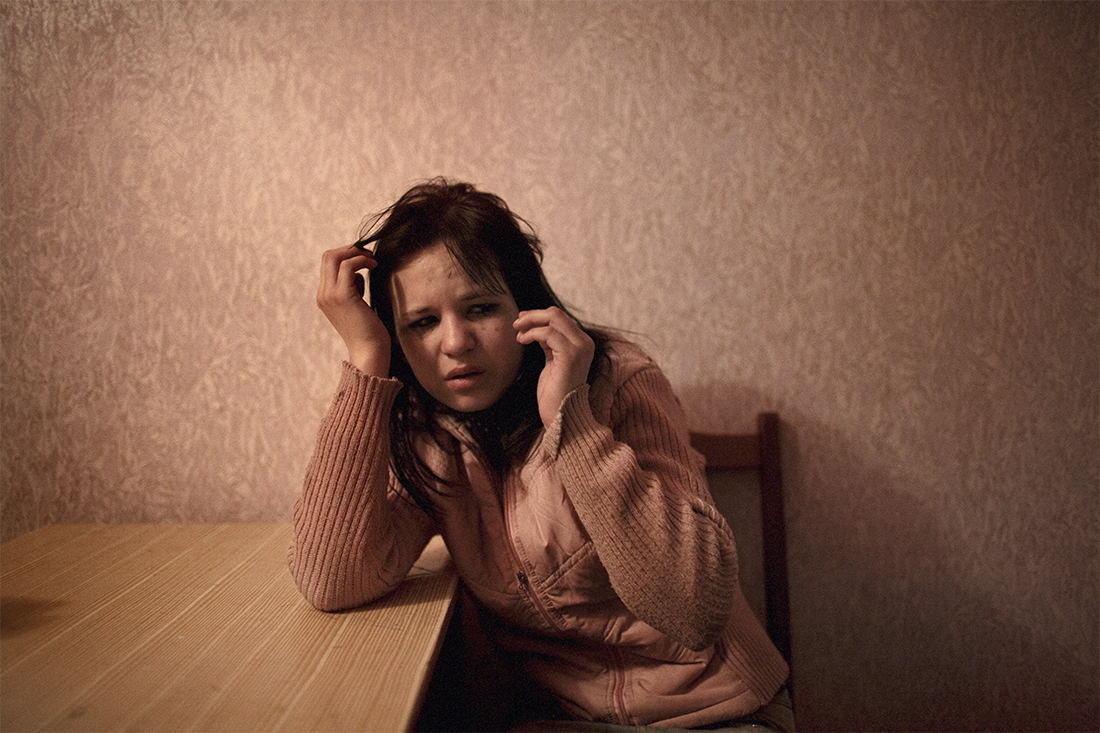
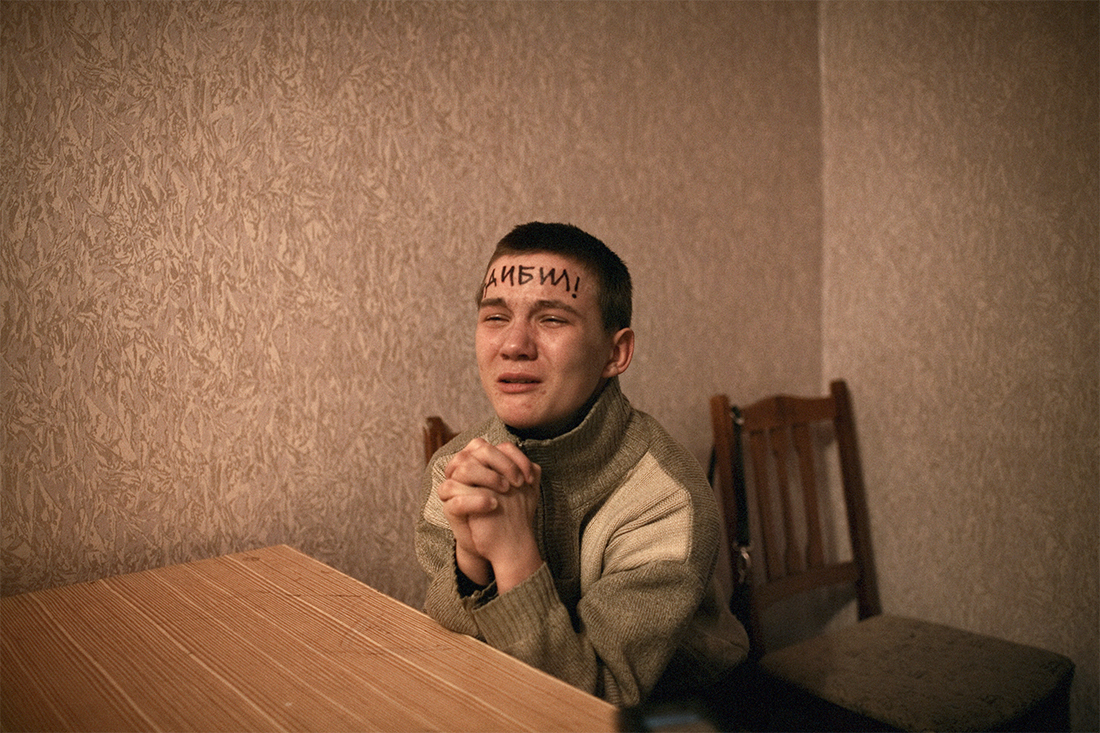
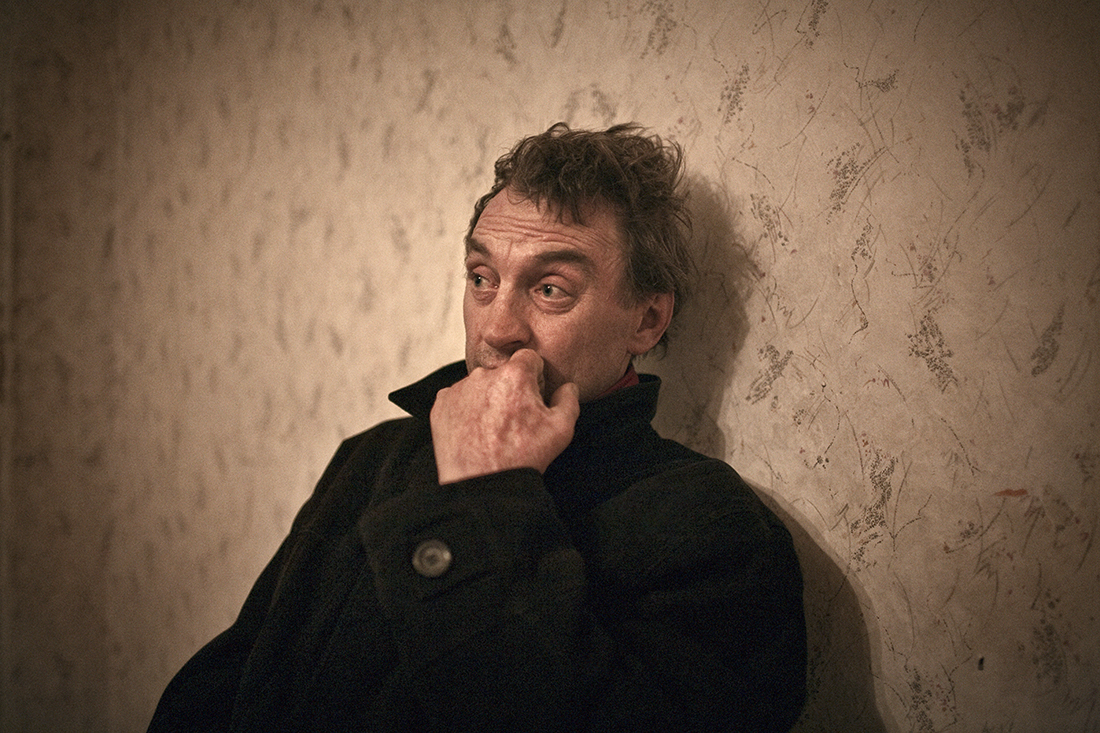
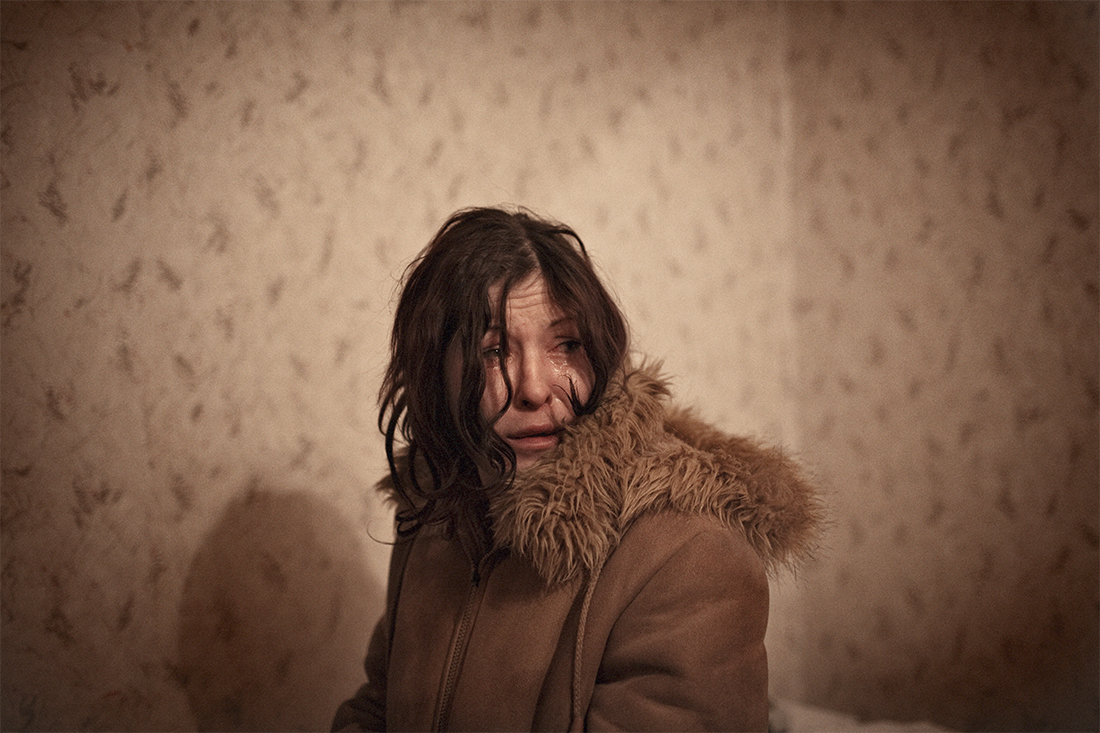
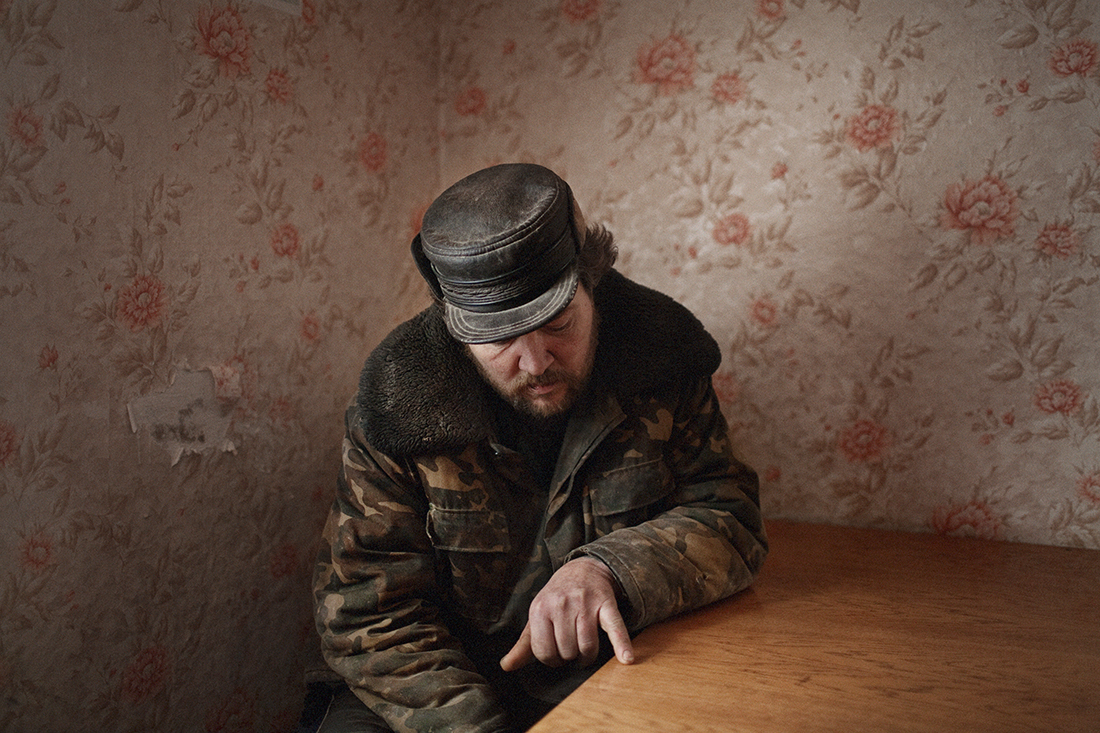
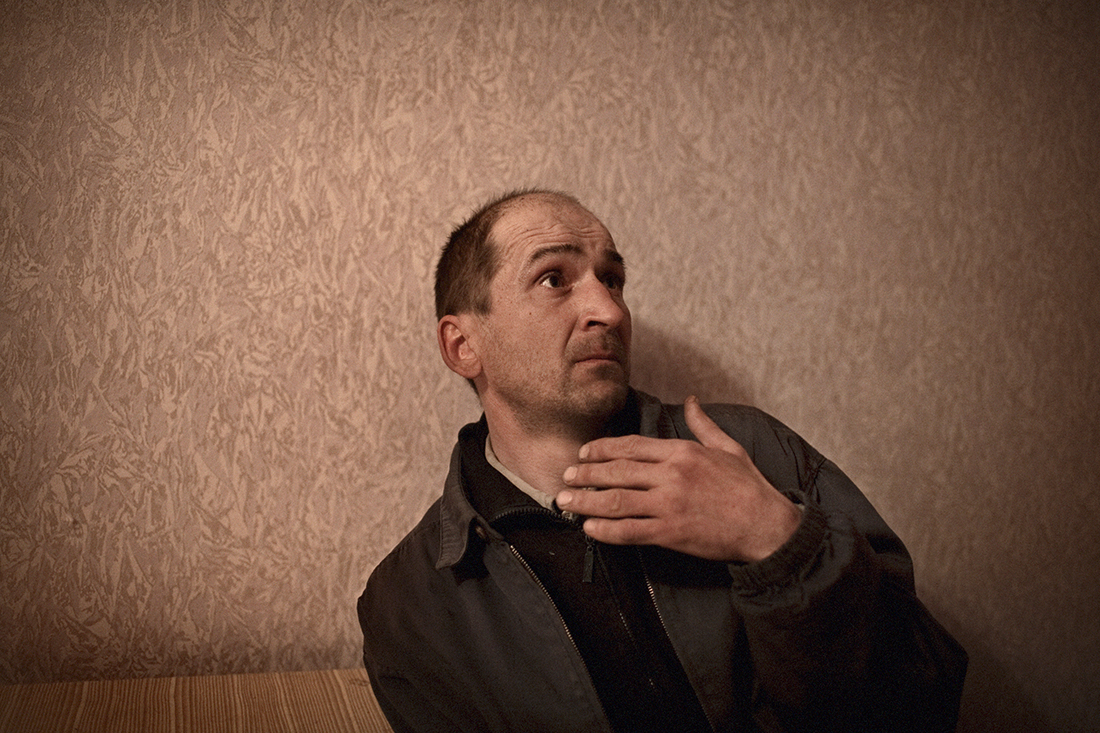
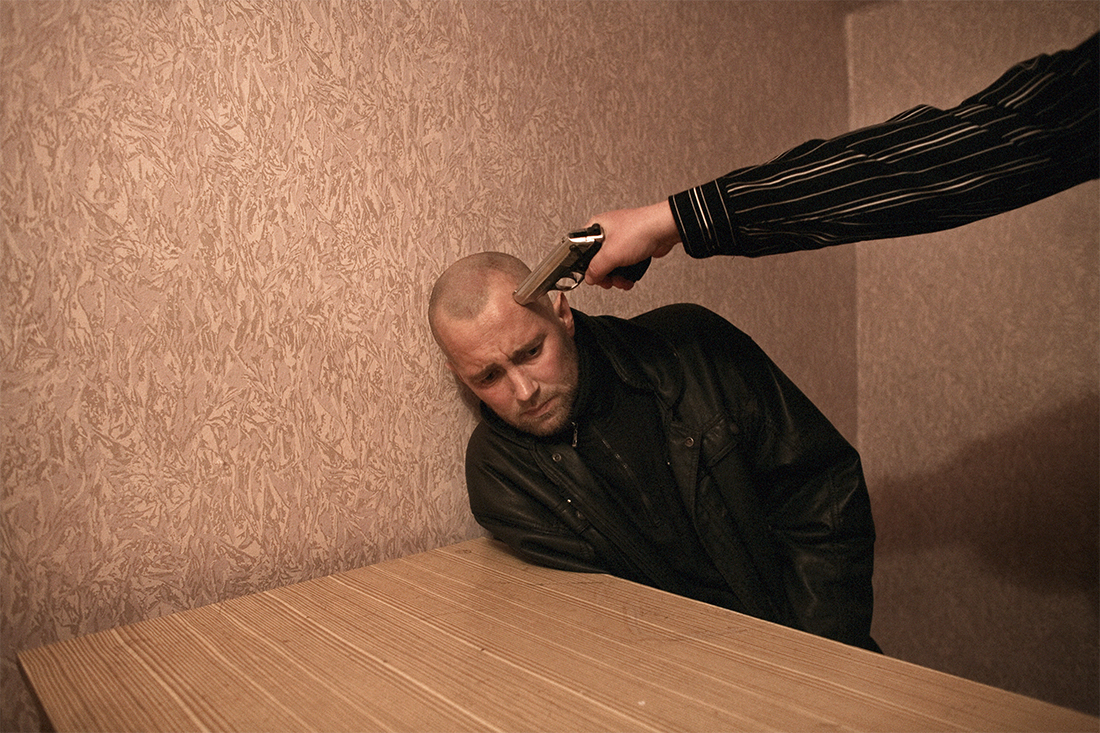
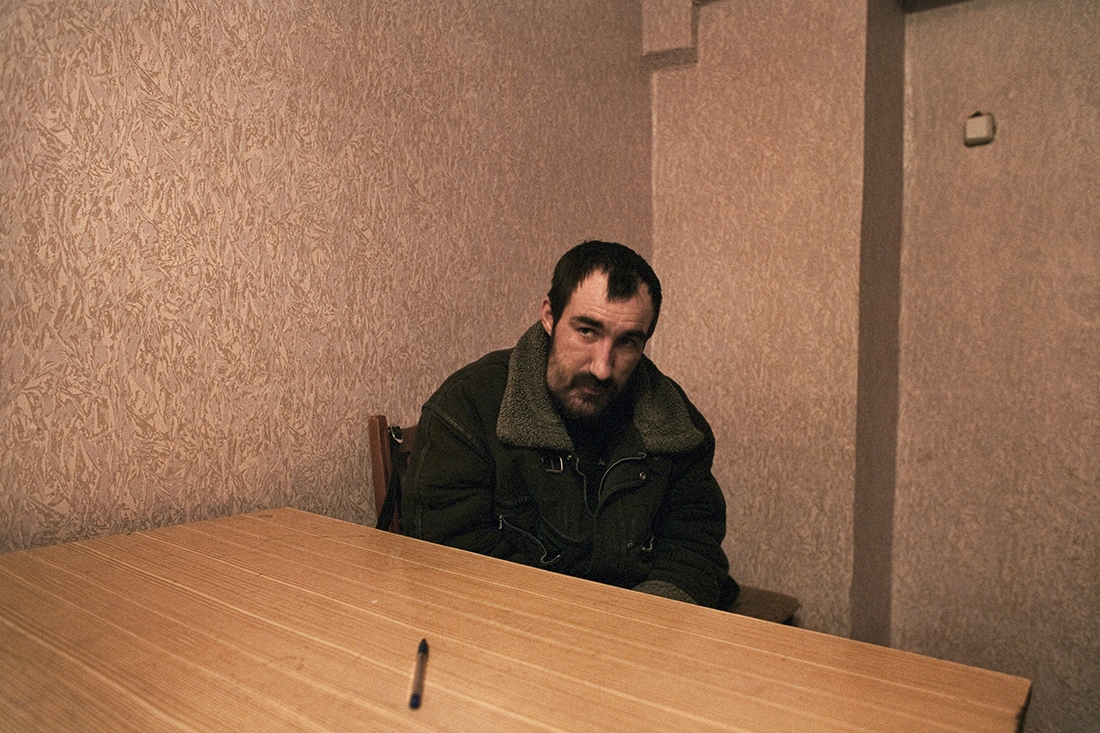
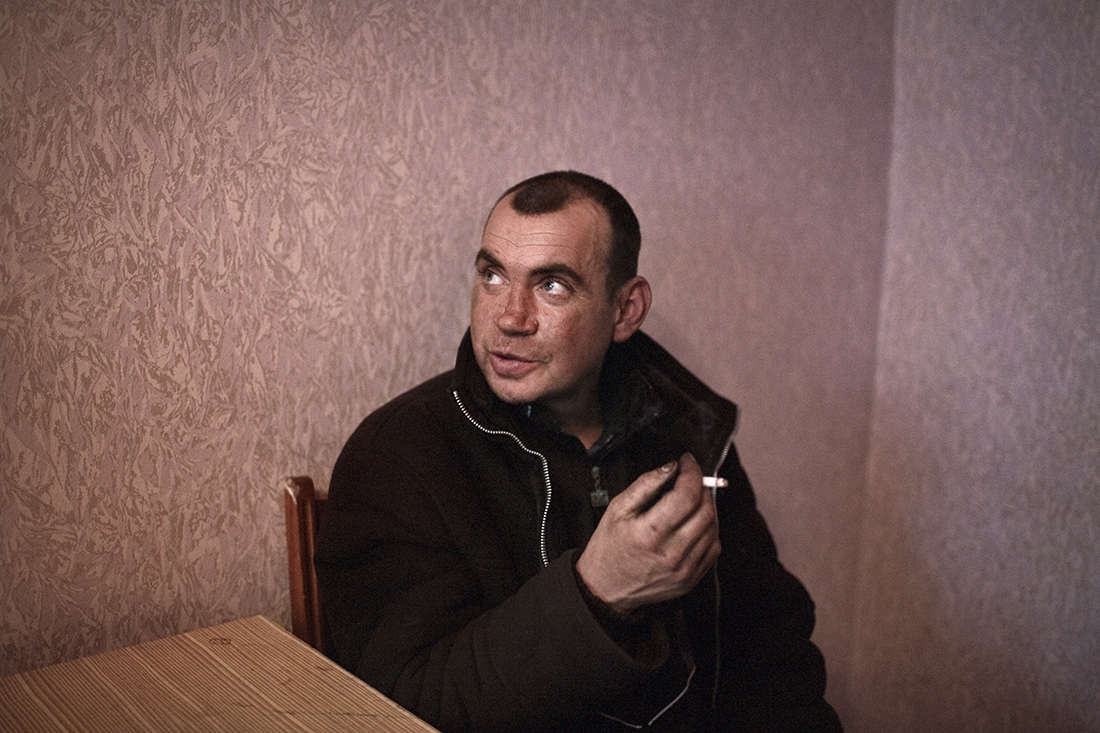
Beating the Bounds: Donald Weber’s Interrogations
Randy Innes
1. The Latin term rogare means to ask for something. It is associated with ritual acts of supplication and prayer, and in the Catholic tradition Rogation Days replaced an earlier Roman ritual that included the sacrifice of a goat as a plea for healthy crops. Rogation Days themselves are days of abstinence and fasting that occur immediately before the Ascension. They remain associated with a prayer to God for a bountiful harvest.
In the Protestant tradition Rogation Days are associated with the social ritual of surveying and re-affirming the boundaries of one’s fields. Processions would walk around the boundaries of farms and parishes and leave fresh evidence of passage by hitting trees, rocks, stakes and other boundary markers with willow sticks. These processions were known as the Beating of the Bounds. They were ritual negotiations of limits: they re-established ownership of and demonstrated authority over a given territory. Mapmaking, surveying, and effective documentation and record keeping techniques all but eliminated the need for the Beating of the Bounds.
2. Donald Weber’s Interrogations is a set of photographs that are concerned with the act of surveying boundaries, with soliciting and gathering information, and with the exercise of authority. In this way
this project carries the vestiges of its sacred-symbolic root rogare, and of its more secular, social ritual meanings. Weber’s Interrogations unfolds in two movements. The first is a Prologue that, in about two dozen photographs, surveys a cultural landscape that stretches from the Ukraine to Siberia. Photographs of run-down apartment blocks, of the regional landscape, and of impoverished urban settings combine with snapshots of unnamed people to present a portrait of a terrain that is often associated with post-Soviet states. The Prologue pictures the landscape in which the second movement will take place.
The photographs in the Prologue trace the boundaries of a bolshaya zona. Weber became familiar with this Russian slang expression during the time he spent in Ukraine and Russia, during and after the 2004 Orange Revolution. The expression conjures a place that remains just out of reach, an ideal or promised land.2 These photographs create an impression and give us a sense of the character of this place, but they offer little in the way of documentary information. The Prologue is a study or survey – the studium, to recall Roland Barthes – but not yet the primary concern of the series.
The selection of pictures in the prologue negotiate the tension between photography’s function as a document or as evidence, and photography’s affective, compelling force.
3. The second movement in this project is called Interrogations. This related set of photographs shifts from survey or study, to a singular, repetitive examination. In more than three dozen photographs Weber pictures men and women seated alone in bare, wallpapered rooms in this same anonymous, eastern Ukrainian town. The photographs are visually uniform. They present a dull, faded colour palette and a run-down domestic feeling one might associate with small or medium sized, blue-collar towns. Here the slang term malinkaya zona dashes the desires that accompany the bolshaya zona, conjuring enforced boundaries, a sense of hopelessness, and, much more literally, to imprisonment and the loss of freedom within a broader system of power and authority.2
These men and women are detainees of a local police force and are for the most part ragged looking. None are named. In one image an arm enters from the side of the frame, holding a gun to a detainee’s head; in another a woman holds her hands to her head and seems to be braced for a blow from beyond the frame; in another a man cries; and in yet another, a man gesticulates in a way that suggests a feigning of innocence or ignorance. Who, me?
While the ritual that takes place in the interrogation room is grounded in real social and political conditions, it carries with it a sense of group performance and theatricality. The police interrogator solicits information from detainees, individuals who are, in this setting, drawn from the shady sub-cultures that form the local
underworld. In turn the detainees perform their role – the role made visible here in exaggerated gestures and fearful dispositions.
Although some form of economy and exchange may be at work, this is conditioned by an exercise of power that becomes visible in Weber’s photographs only in its effects. The invisibility of the power source has a symbolic correlate: Weber views this project in part as "a way to see the modern State as a primitive and sacrificial rite of unnamed Power."3
The interrogation is a reminder of boundaries and of authority, a reminder that, under these conditions, has to be repeated at intervals, isolated from the bureaucracy of paperwork and procedure, in order to maintain its effectiveness within the dynamics and rituals of the streets and the underworld. However the interrogator is just as concerned with reaping information and with the fruits of his harvest as he is with leaving reminders of the power and authority he has over his domain – of beating the bounds.
An interrogation is a formal practice, a performance that is a reminder and affirmation, each time, of the balance and nature of power. Interrogation preserves the importance and richness of the present of the interrogation itself, while ensuring a role and a need for future interrogations.
4. Weber and his camera collaborate in this performance, along with interrogator and detainee. The photographer gained the trust of several key people over a number of years, including the police investigator, who came to trust Weber enough to allow him to attend the interrogations. A next step involved soliciting permission from detainees. Not all were interested in having their interrogation photographed.
Weber sat in a chair in the interrogation room and set up his camera with a view of the detainee. Like the interrogation itself, the camera preserves a particular link to the present of the event. The authority of interrogation derives in part from a repeated and repeatable present. In this way interrogation intersects with the practice of photography, which is also a repeatable practice bound to a given moment in time that circumscribes and organizes this moment into a visual field.
Photography solicits and organizes its harvest according to its own means. These means are never neutral or invisible: the repeated, simple structure of this series concentrates attention on the event of interrogation and on the structure of photographic capture, concentrating attention and reducing distraction. Photography becomes an integral part of the production of meaning (not only its reproduction) and here the processes of soliciting and surveying take precedence over information related to the detainee. "No matter how much we bear witness", Weber says, "I am always an ingredient." 4
Each of the participants plays a role in this performance. The detainees perform for both the interrogator, and the photographer and his camera. In turn, the actions of the interrogator and of the photographer unfold in response to those of the detainees.
Interrogations offers a glimpse of a landscape whose disposition is determined by secularized rituals and a concentration of power and authority. As we are conditioned by what we see, so too are we conditioned by how we are seen.
- Weber in conversation with the author, September 12 2014.
- Weber in conversation with the author, September 12 2014.
- www.lensculture.com/articles/donald-weber-interrogations
- Weber in conversation with the author, September 12 2014.
BIOS
Donald Weber
Donald Weber is a photographer fascinated by the subject of power (be it economic, political, or psychological) and how it deploys an all-encompassing theatre for its subjects.
His Interrogations project and accompanying book (Schilt, 2011) has received notable recognition and accolades from World Press Photo, PDN, Aperture, and many others. It was preceded by Bastard Eden, Our Chernobyl (Photolucida/Daylight Books 2008) which won the Photolucida Book Award. Weber's numerous awards include a Guggenheim Fellowship, the Duke and Duchess of York Photography Prize, and two World Press Photo prizes. Most recently he was shortlisted for the 2014 Scotiabank Photography Award. He is a member of the acclaimed VII Photo agency.
Randy Innes
Randy Innes holds a PhD in Visual and Cultural Studies from the University of Rochester. He has taught at several universities and he contributed to significant developments at the School of the Photographic Arts: Ottawa. His research interests include the history and theory of photography, museum theory and exhibition practice, and aesthetic theory. Randy held the History of Photography research fellowship at the National Gallery of Canada, and he has published research and exhibition essays on historical and contemporary photography, along with other topics. An article on Adam Broomberg and Oliver Chanarin appears in the special issue of the Canadian Art Review (RACAR) dedicated to War and Photography (Fall 2014).
Circuit Gallery
Circuit Gallery specializes in contemporary photography. Established in 2008 by Susana Reisman and Claire Sykes, the Toronto based commercial gallery represents both emerging and established Canadian and international artists.
Interrogations
Donald Weber
November 27 - December 20, 2014
Circuit Gallery @ Prefix ICA
401 Richmond Street West, Suite 124
Toronto, ON, M6R 2G5
Curated by Claire Sykes, with Susana Reisman, Circuit Gallery
Catalogue essay: Randy Innes
Installation Photography: Susana Reisman
Publication Design + Programming: Lucas Mulder
© 2014, Circuit Gallery
All rights reserved. No part of this publication may be reproduced or
copied without permission in writing from Circuit Gallery.